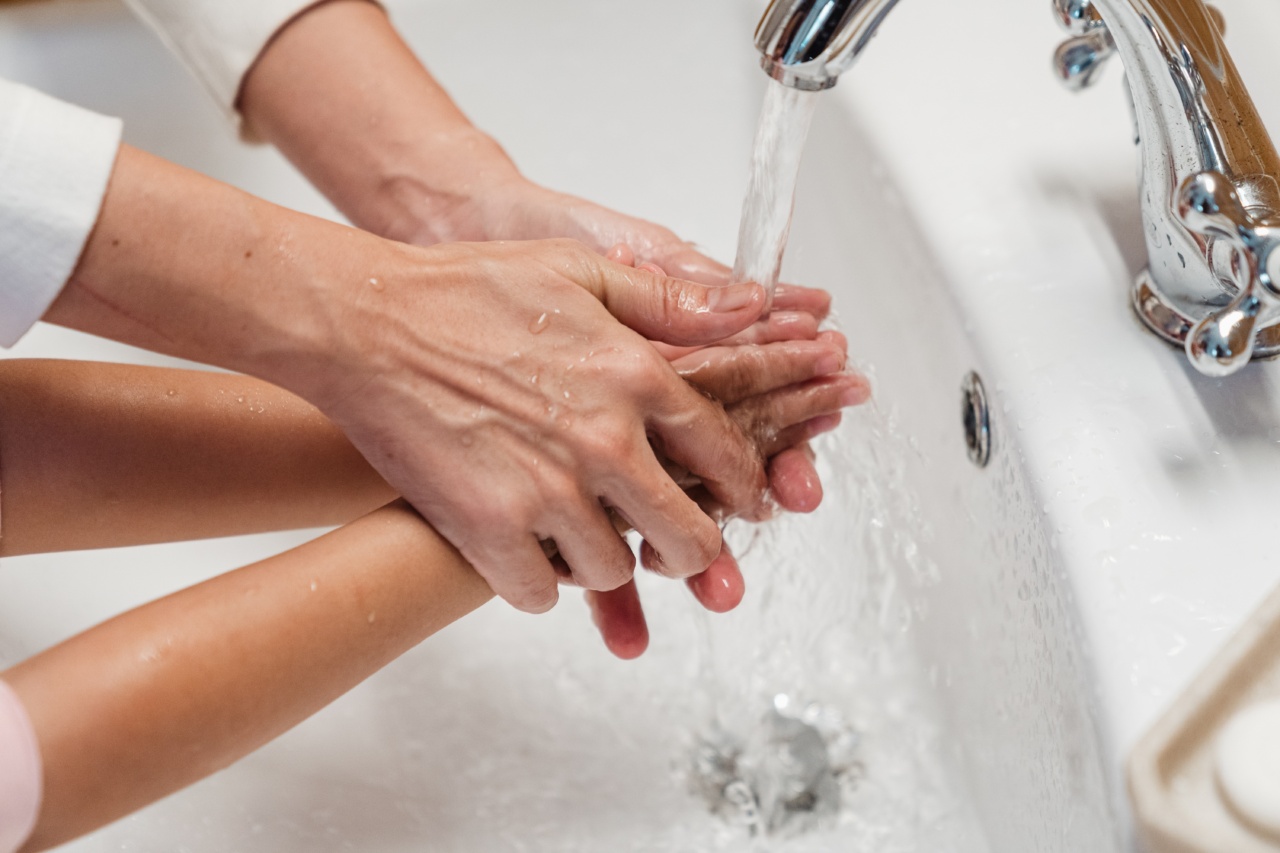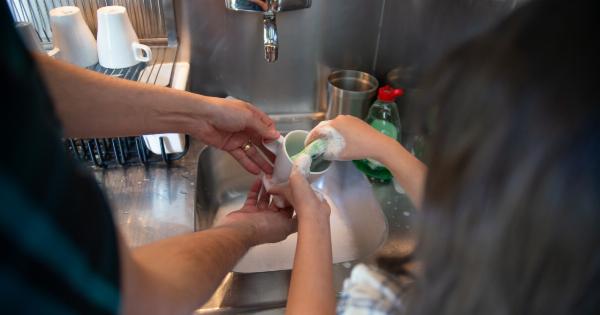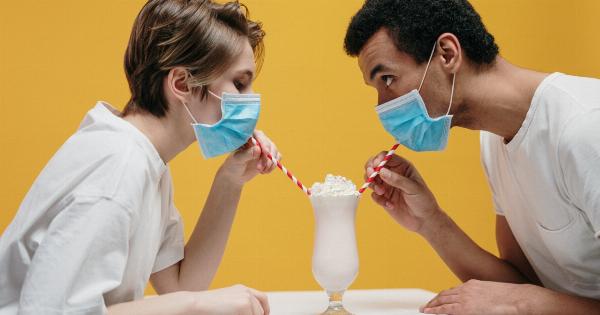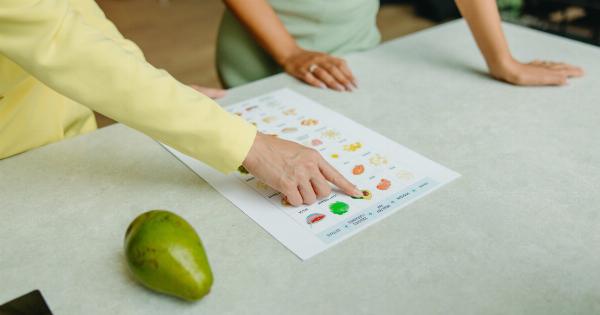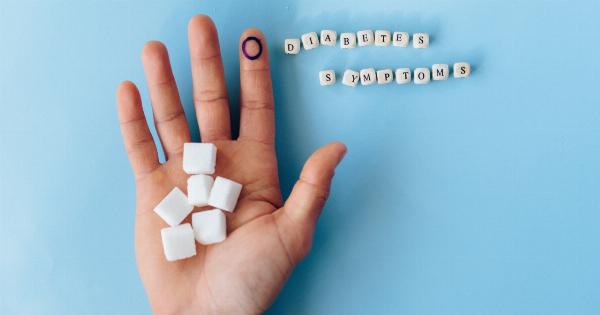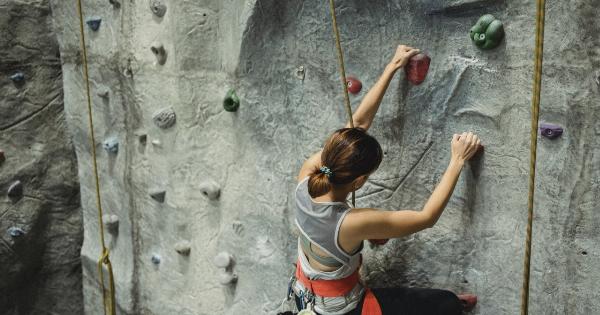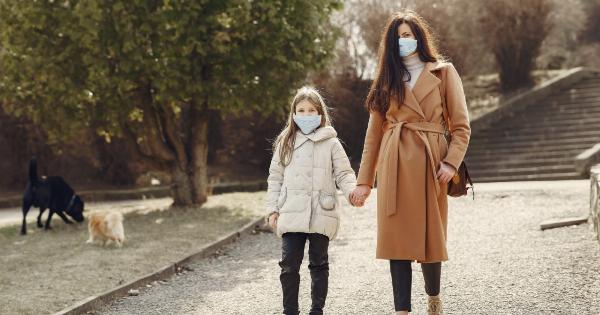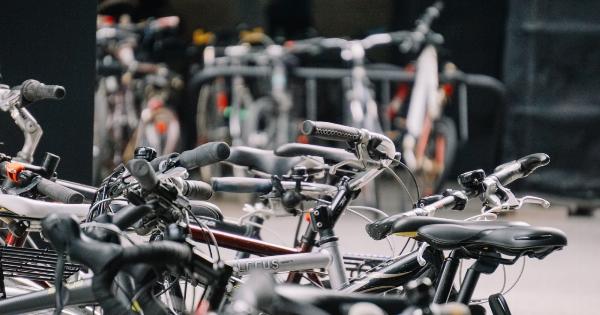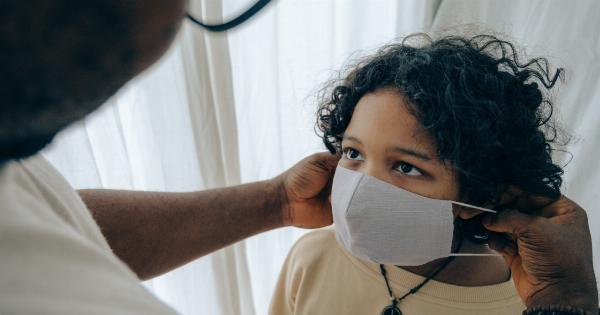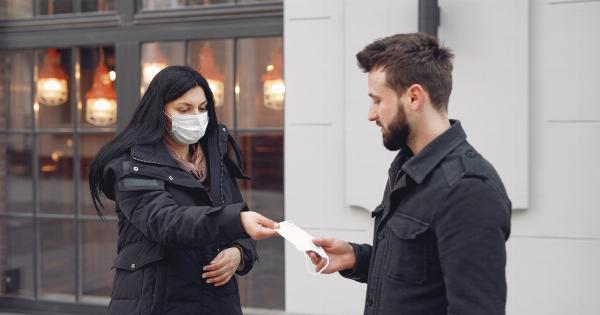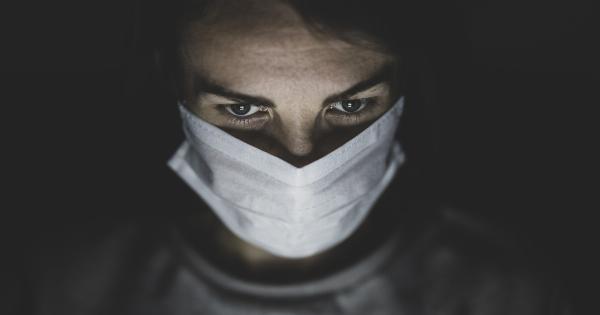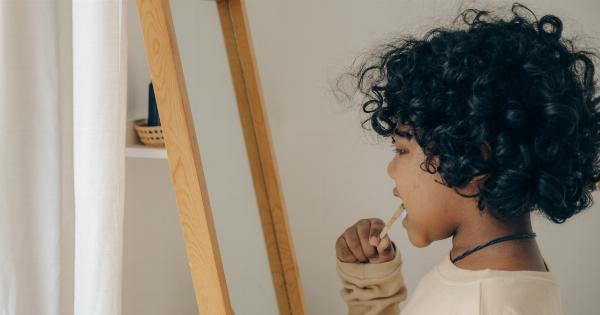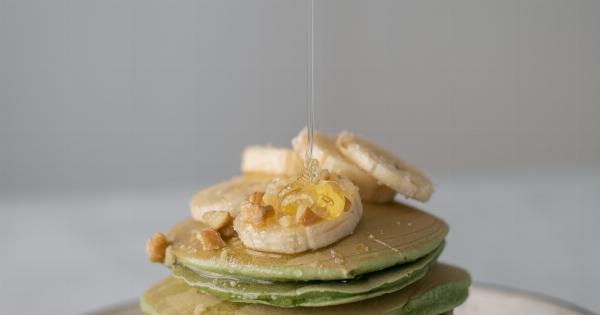Hand washing is one of the simplest yet most effective ways to prevent the spread of germs and illnesses.
It’s important to teach children proper hand washing techniques from an early age to instill good habits that will keep them healthy throughout their lives.
When to Wash Hands
Children should wash their hands:.
- Before eating or handling food
- After using the bathroom or changing a diaper
- After blowing their nose, coughing, or sneezing
- After playing with pets or being around animals
- After playing outside or touching anything dirty
- Whenever their hands are visibly dirty
How to Wash Hands
Teach your child the following steps for proper hand washing:.
- Wet hands with clean, running water.
- Apply soap and lather well, making sure to cover all surfaces of the hands (including the backs, between fingers, and under nails).
- Scrub hands for at least 20 seconds (about the length of singing “Happy Birthday” twice).
- Rinse hands well under clean, running water.
- Dry hands with a clean towel or air dry.
Remind your child to avoid touching their face, mouth, or eyes after washing their hands to avoid reintroducing germs.
Make Hand Washing Fun
If your child is reluctant to wash their hands, try making it a fun activity:.
- Use soap with their favorite scent or character on the label
- Sing a silly hand washing song together
- Make it a game and see who can wash their hands the longest
- Consider using a sticker chart or reward system to encourage good hand washing habits
- Show your child how germs spread using glitter and a hand washing demonstration
Hand Sanitizer Use
Hand sanitizer can be a convenient option when soap and water aren’t available, but it’s important to teach your child to use it properly.
Hand sanitizer should only be used on visibly clean hands and should be applied and rubbed in thoroughly until completely dry.
Model Good Hand Hygiene
Children learn by example, so it’s important to model good hand hygiene habits yourself. Make sure to wash your hands regularly and encourage other family members to do the same.
Summary: Teaching hand hygiene
Teaching your child proper hand hygiene practices is essential for preventing the spread of illness. It’s important to teach your child when to wash their hands, how to wash their hands, and how to properly use hand sanitizer.
Make hand washing fun and model good hygiene habits to instill good practices from an early age.
